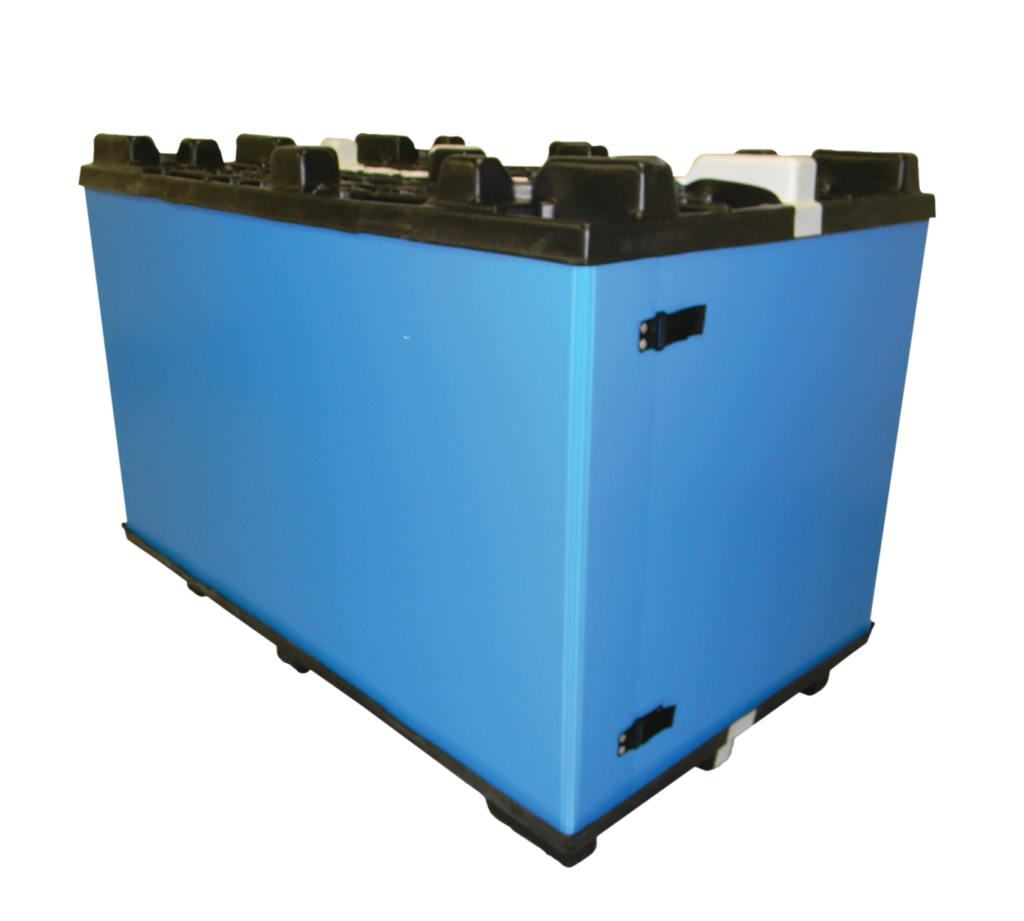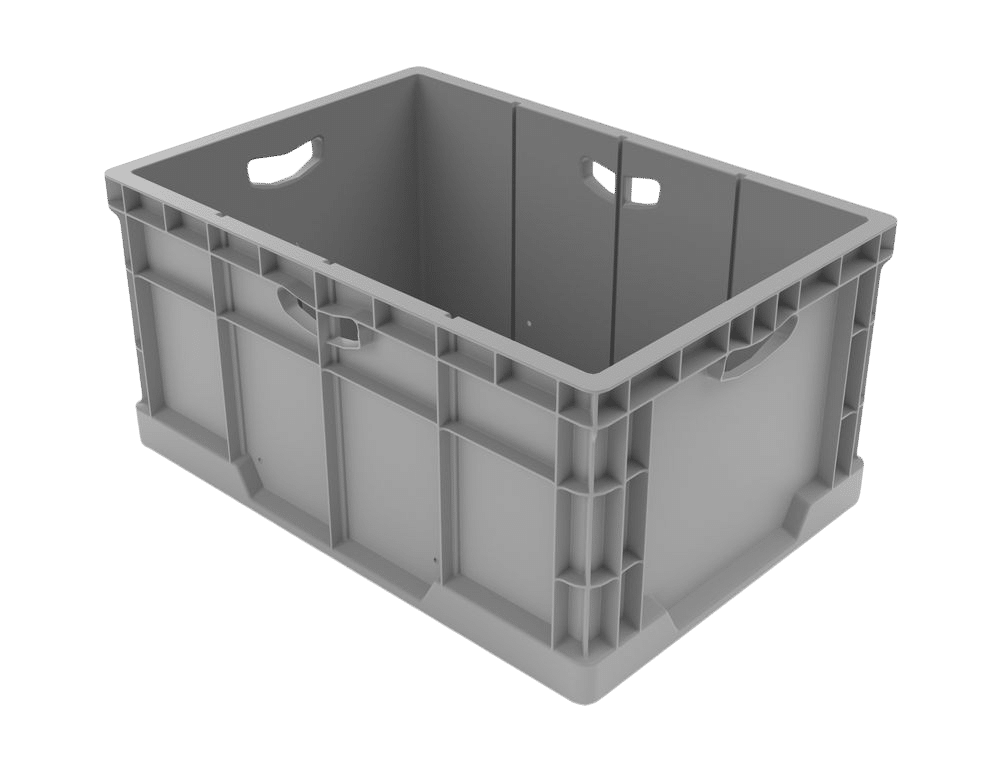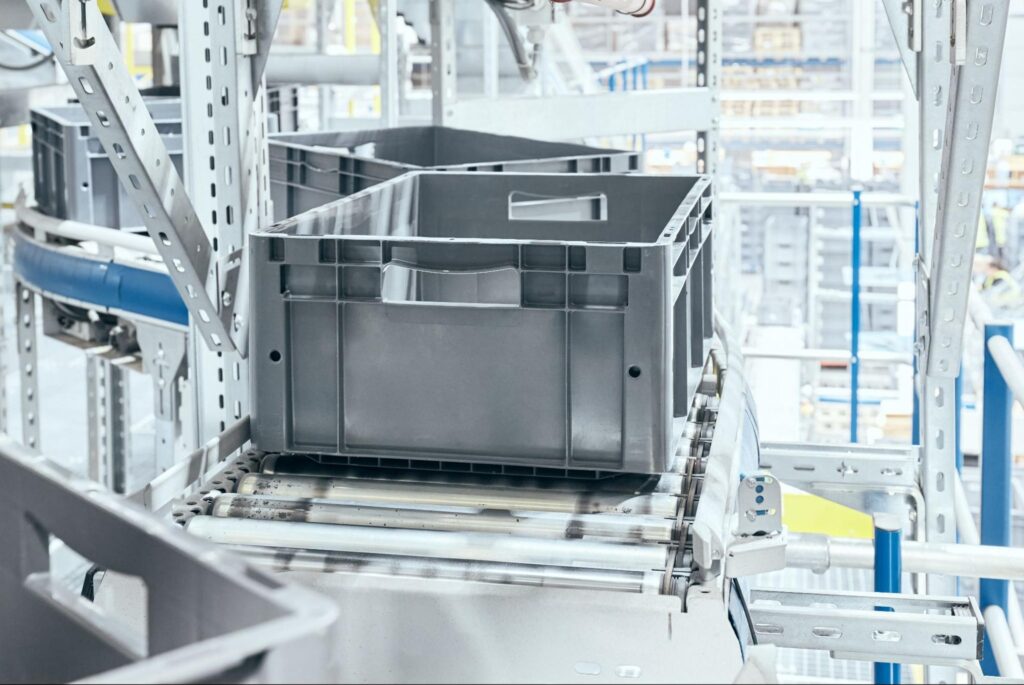In modern supply chain strategies, reusable packaging has emerged as a pivotal solution for reducing waste, lowering costs, and improving operational efficiency. Some providers of custom-designed industrial packaging solutions exemplify how specialized reusable systems can support businesses striving to implement more sustainable processes. With sustainability gaining prominence, many industries are transitioning toward circular supply chain strategies where materials are reused rather than discarded. Reusable packaging aligns with this vision, reducing environmental impact and streamlining the flow of goods.
This article explores reusable packaging within the framework of circular supply chains by discussing its role in sustainability, the economic and operational benefits, and key metrics for evaluating its effectiveness. We also offer practical guidance on overcoming implementation challenges and best practices for integrating reusable systems into existing operations.
Understanding Reusable Packaging in Circular Supply Chains
What Are Circular Supply Chains?
In a circular approach, the traditional “take-make-dispose” model is replaced by a more sustainable process where resources are continuously reused or recycled. Packaging evolves from a disposable item into a valuable, long-life asset that supports closed-loop systems. Transitioning to these systems reduces waste, conserves resources, and meets emerging regulatory and consumer expectations.
Defining Reusable Packaging
Reusable packaging is designed to withstand repeated use without compromising on performance. Constructed from durable materials, these solutions are intended for multiple cycles of use, cleaning, and repair. Examples include corrugated plastic totes, custom cut-and-weld containers, foam inserts, and textile dunnage. To be successful, such packaging must maintain its protective qualities while integrating with effective return, cleaning, and tracking systems.
The Role of Reusable Packaging in Circular Strategies
Reusable packaging minimizes waste by replacing single-use alternatives. A single container might replace dozens of disposable ones over its lifecycle, offering both environmental and financial benefits. It also serves as a core component of efficient supply chain networks when paired with proper cleaning and tracking protocols. This transformation supports both sustainability initiatives and streamlined operations.
The Benefits of Reusable Packaging in Circular Supply Chains
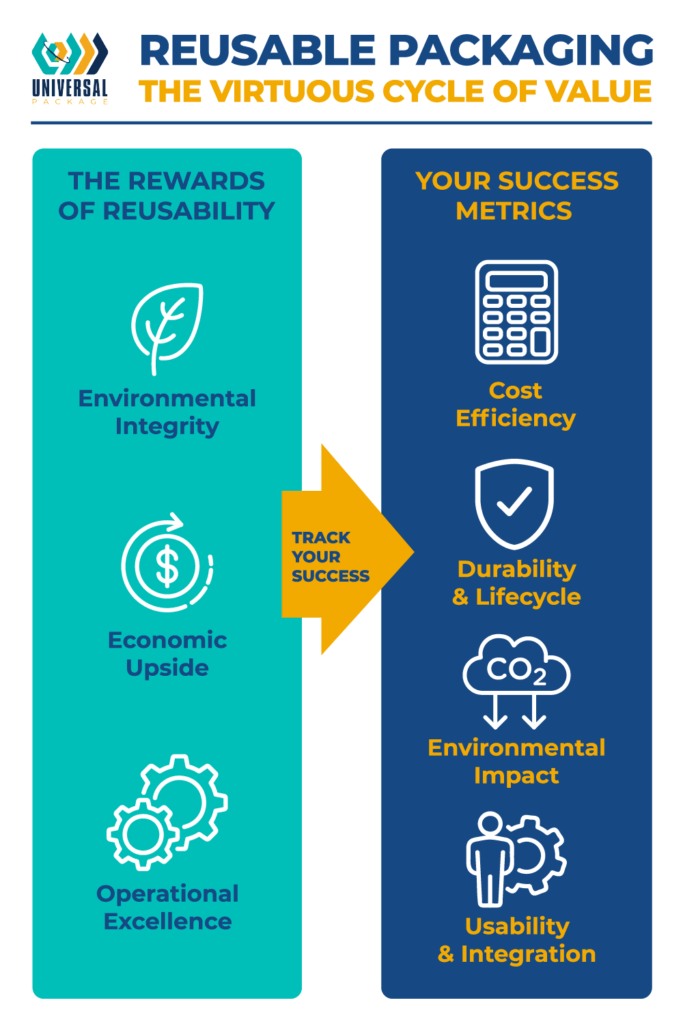
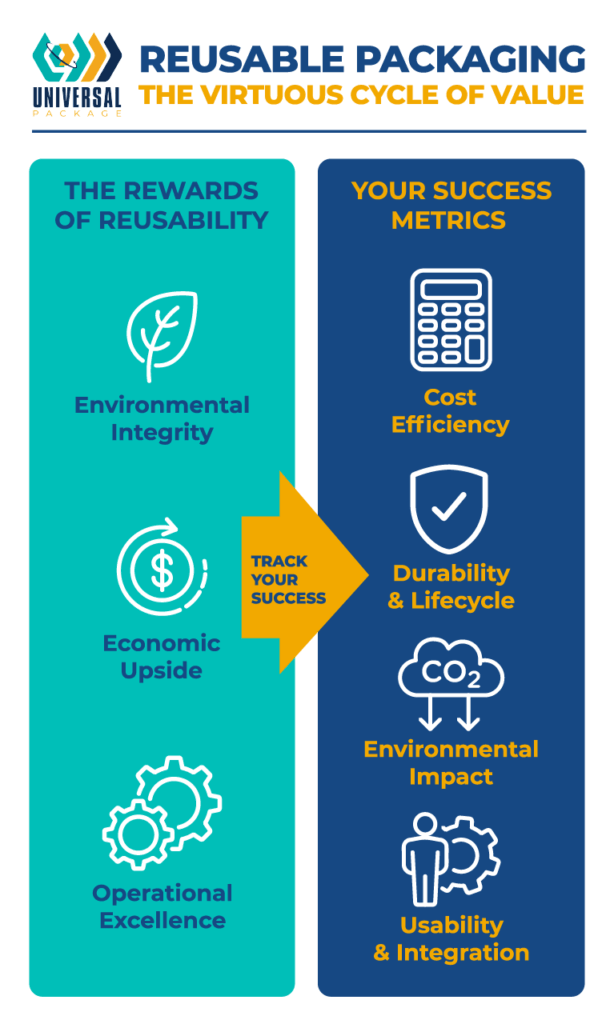
Reusable packaging provides a range of environmental, economic, and operational benefits.
Environmental Impact
Reusable systems significantly reduce the volume of material waste and lower the consumption of raw materials. Key advantages include:
- Lower Raw Material Consumption: Reduced need for constant production of new materials.
- Waste Reduction: A single container can replace multiple disposable options, thereby promoting waste reduction.
- Decreased Emissions: Optimized designs and longer reuse cycles can help lower overall carbon footprints.
Lifecycle assessments indicate that while a longer-lasting container may require thicker, more durable materials initially, its repeated use over time results in a lower environmental impact than single-use alternatives. This behavior supports a company’s green credentials and helps meet stricter governmental regulations on waste and emissions.
Economic Value
Though the initial cost of reusable packaging is higher, it offers long-term financial benefits:
- Reduced Long-Term Costs: Reuse of durable containers decreases the frequency of new purchases.
- Cost Savings on Disposables: Savings on single-use materials such as packing tape and fillers accumulate over multiple cycles.
- Lower Damage Rates: Improved protection reduces the costs associated with product damage and returns.
Studies have suggested that a comprehensive analysis of the total cost of ownership, which includes factors such as purchase, maintenance, cleaning, and disposal, can help identify long-term savings. These benefits are especially significant in industries where product safety is critical, thereby lowering overall operating costs while enhancing profitability.
Operational Efficiency
Reusable packaging streamlines internal processes by promoting consistent handling and storage practices:
- Improved Loading and Storage: Stackable and nestable designs optimize space in warehouses.
- Standardization: Uniform container sizes simplify inventory management.
- Automation Compatibility: Features like RFID tags enhance tracking and coordination, reducing handling errors and increasing overall efficiency.
This efficiency translates to faster movements, reduced downtime, and smoother supply chain operations. Additionally, streamlined procedures save labor hours by simplifying the unpacking and repacking processes when handling returns.
Challenges in Implementing Reusable Packaging
While the benefits are clear, adopting reusable packaging brings challenges that must be managed.
High Initial Investment
The cost of durable materials and custom solutions can be a barrier. A detailed cost-benefit analysis projecting long-term savings often justifies the investment. Financing options, such as leasing through experienced providers, can also help ease the upfront burden.
Managing Return Logistics
A successful reusable system depends on an efficient return process. Without well-planned logistics, containers may be lost or delayed. Companies should implement backhaul programs, standard return protocols, and use tracking technologies like RFID or barcodes to ensure containers are promptly retrieved and redeployed. Integration with warehouse management systems can further streamline these processes.
Standardization and Compatibility
Differences in packaging standards across supply chain partners can cause inefficiencies. To address this, organizations should collaborate on container specifications and evaluate warehouse setups, transportation methods, and handling systems for compatibility before implementation. It is essential to adopt industry-wide standards where possible to ensure that all parties benefit from uniform practices.
Change Management and Training
Employee resistance to new procedures can delay adoption. Clear training on proper handling, cleaning, and storage is essential, along with regular communication to highlight the long-term environmental and financial benefits. Engaging stakeholders early in the process builds alignment and ensures that everyone understands their role in the transition.
Key Metrics for Evaluating Reusable Packaging Effectiveness
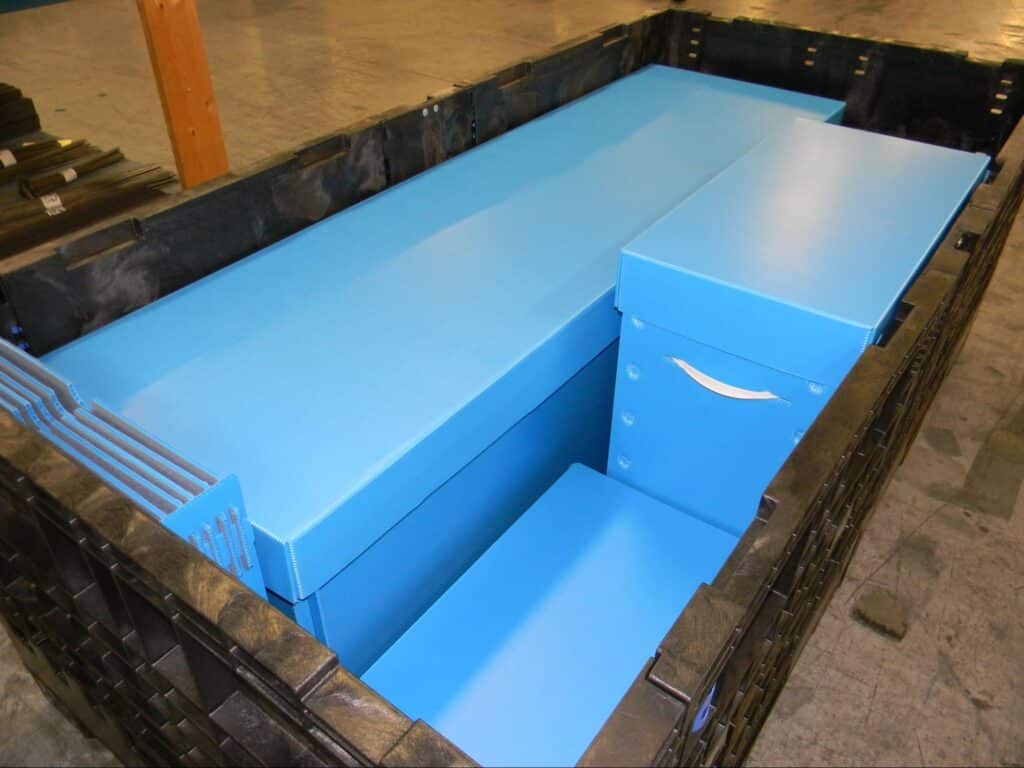
Measuring the performance of reusable packaging is critical to optimizing its use within circular supply chains.
Evaluating Cost Efficiency
Key financial metrics include:
- Total Cost of Ownership (TCO): The combined expenses of purchase, maintenance, cleaning, and eventual disposal.
- Per-Trip Savings: Comparisons of cost per shipment against single-use alternatives.
- Maintenance and Cleaning Costs: Ongoing costs that impact overall return on investment.
A clear analysis quantifies savings and helps justify the transition to reusable systems. Regular reviews of these metrics ensure that initiatives remain on target financially.
Measuring Durability and Lifecycle Performance
Assess the physical performance using metrics such as:
- Average Lifespan: Number of cycles or years of service.
- Material Integrity: Monitoring wear such as cracks or deformation.
- Reuse Rates: Frequency at which containers successfully complete their return loops.
These indicators help identify areas to refine the handling and design of packaging systems. Engineers and supply chain analysts can set benchmarks that inform future redesigns and procurement decisions.
Assessing Environmental Impact
Environmental performance can be tracked through:
- Waste Reduction: Lower numbers of disposed single-use packages.
- Emissions Reductions: Comparison of carbon footprints between reusable and disposable options.
- Resource Conservation: Savings on inputs like plastics and metals through repeated use.
These factors support corporate sustainability reporting and help maintain environmental compliance. Improvements in these metrics often correlate with enhanced consumer and stakeholder trust.
Monitoring Usability and Operational Performance
Operational metrics ensure that the packaging system integrates seamlessly by measuring:
- Handling Efficiency: Speed and ease with which containers are processed.
- Product Protection: Correlation between packaging performance and reduced damage rates.
- Employee Feedback: Direct insights on usability issues related to size, weight, or cleaning.
By focusing on these areas, organizations can adjust practices to improve overall system performance and drive productive feedback loops that further refine the packaging strategy.
Implementing a Comprehensive Reusable Packaging Strategy
A successful transition to reusable packaging requires a structured approach that extends beyond the initial switch. Companies must conduct pilot programs to test reusable systems under real-world conditions and refine processes based on performance data and user feedback. Establishing cross-functional teams—including procurement, logistics, operations, and sustainability experts—can streamline the changeover, ensuring that all perspectives are considered.
In practice, this means participating in trial runs on a small scale, gathering critical data on container performance, maintenance requirements, and return logistics. The insights gained from these pilots are crucial for designing large-scale rollouts. Simultaneously, organizations should invest in comprehensive training for staff to adopt proper handling and cleaning protocols. Additionally, integrating digital management tools helps monitor the lifecycle of each container and mitigate losses. These systems not only promote operational efficiency but also provide actionable data to continuously improve the process.
By taking a phased and data-driven approach to implementing reusable packaging, companies can significantly enhance their overall supply chain resilience and sustainability. A systematic rollout results in measurable long-term gains in cost savings, waste reduction, and operational performance.
Technology Advancements and Future Trends in Reusable Packaging
The evolution of reusable packaging is closely tied to technological advancements that improve tracking, durability, and overall efficiency.
Integration with Automation and IoT
Modern supply chains increasingly rely on automation and the Internet of Things (IoT) to enhance efficiency. Embedding RFID tags or sensors into reusable packaging can provide real-time data on location, usage, and the condition of each container. This integration facilitates proactive maintenance, reduces losses, and improves inventory management by providing comprehensive visibility throughout the logistics network.
Sustainable Material Innovations
Ongoing research into new materials promises to enhance the durability and environmental performance of reusable packaging. Innovations such as bio-based plastics or composite materials that maintain high strength while being recyclable may further redefine industry standards in the coming years. Advances in material science could reduce the initial environmental footprint of these containers and offer even greater returns over their lifecycle.
Digital Supply Chain Management
Digital platforms dedicated to supply chain management are increasingly incorporating analytics to assess packaging performance. These tools enable companies to perform predictive maintenance, optimize stock levels, and simulate logistical flows under various scenarios. The use of big data and cloud-based analytics facilitates continuous improvement, ensuring that packaging solutions remain aligned with both commercial and environmental objectives.
Industry-Specific Packaging Strategies

Reusable packaging strategies must be tailored to meet the unique challenges of different sectors. Here’s a look at how specific industries leverage these solutions:
- Automotive: Robust foam packaging and custom dunnage are essential for protecting heavy, sensitive components from vibration and impact, ensuring both safe transport and efficient integration into assembly lines.
- Electronics: Specialized packaging with anti-static (ESD) properties is critical for preventing electrical damage, while shock-absorbent materials protect delicate components during high-turnover shipping cycles.
- Medical & Pharmaceutical: Hygiene and sterility are paramount. Reusable containers must be easy to clean, resistant to chemicals, and able to withstand rigorous sanitization protocols to meet strict regulatory standards and ensure patient safety.
- Trade Shows & Exhibitions: Packaging must be both durable for transit and visually appealing for brand presentation. Customizable cases that can be repurposed for multiple events reduce waste while enhancing marketing efforts.
By tailoring reusable packaging to these specific demands, companies can enhance product protection, improve operational efficiency, and meet critical industry standards.
Metrics as the Key to Reusable Packaging Success
Reusable packaging is a cornerstone of circular economy strategies, offering significant long-term benefits in cost-effectiveness, environmental impact, and operational efficiency. Although challenges such as high initial investments and logistical complexities exist, the successful implementation of reusable systems hinges on a data-driven approach. By using well-defined metrics to assess cost efficiency, durability, environmental impact, and usability, businesses can continuously refine their strategies and achieve measurable improvements.
For companies ready to take the next step, partnering with an experienced packaging solution provider like Universal Package can facilitate smooth integration and lasting success. Contact us today to see how we can help you transition to reusable packaging as a strategic move to reduce costs and reinforce your organization’s reputation as an innovative leader.


